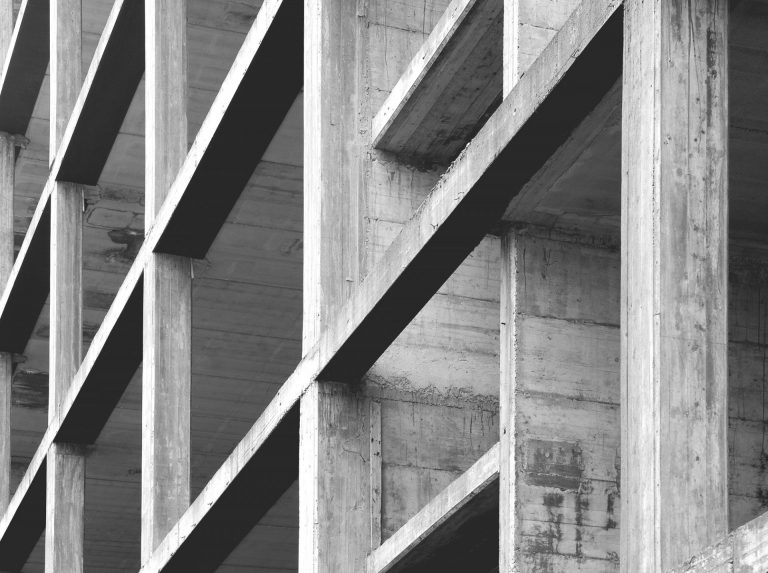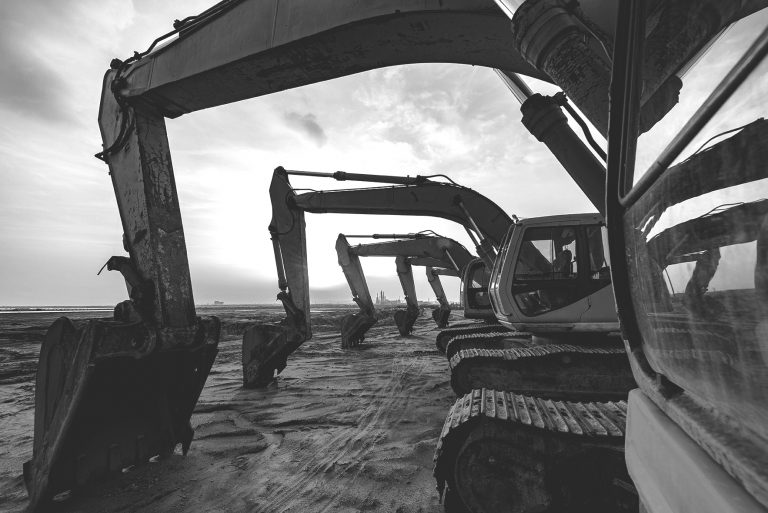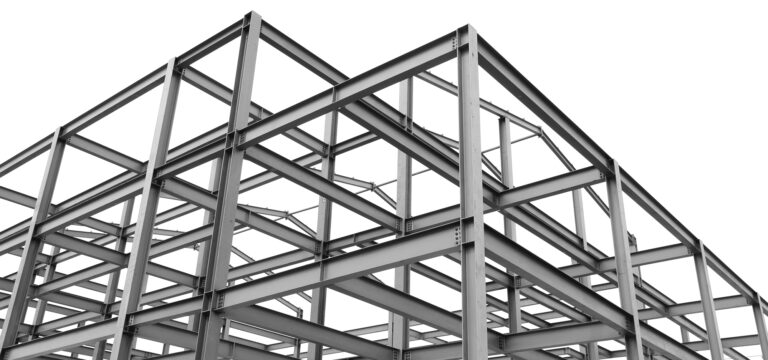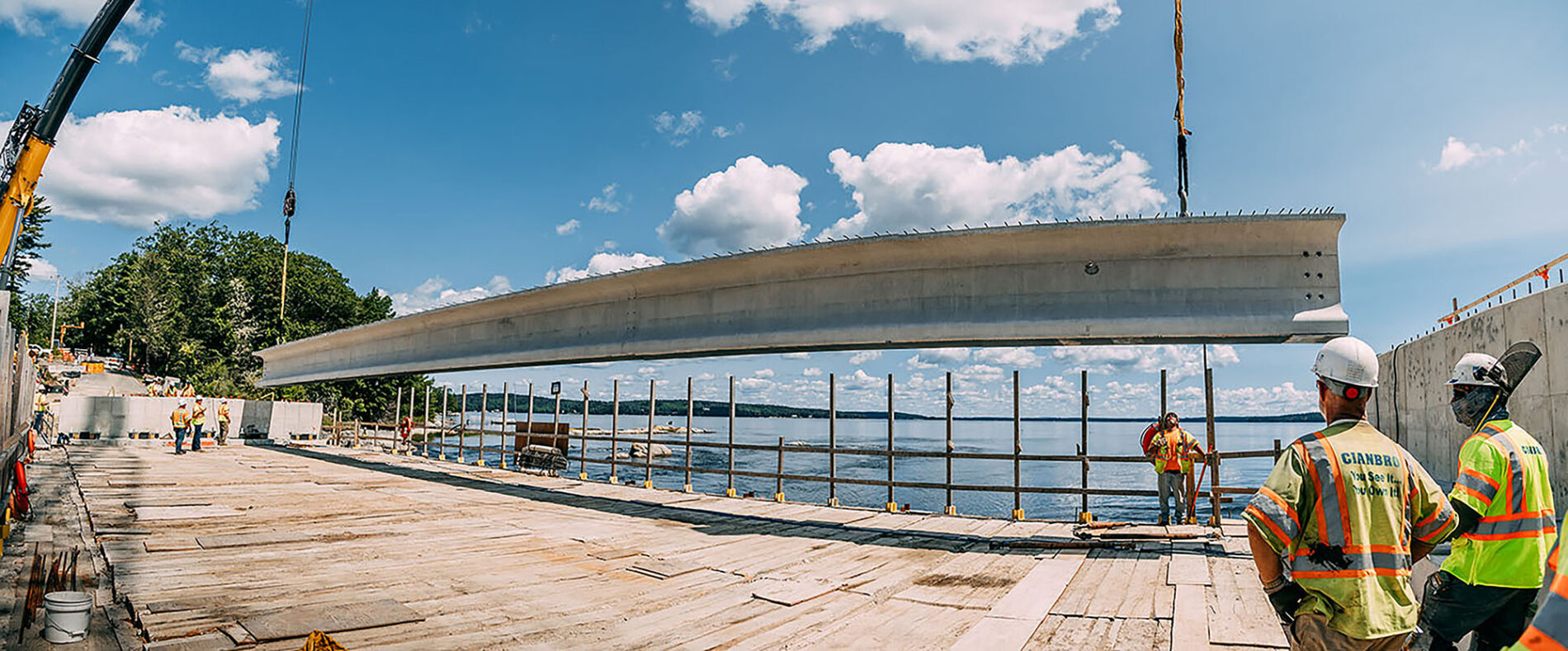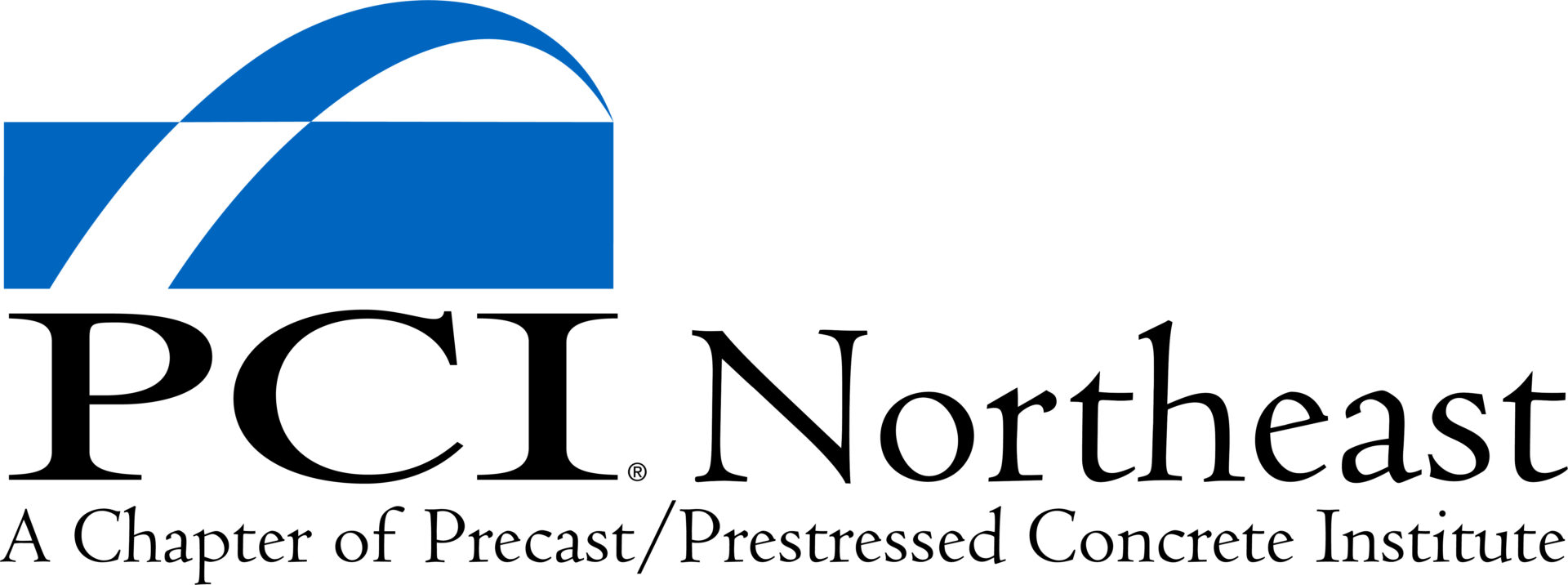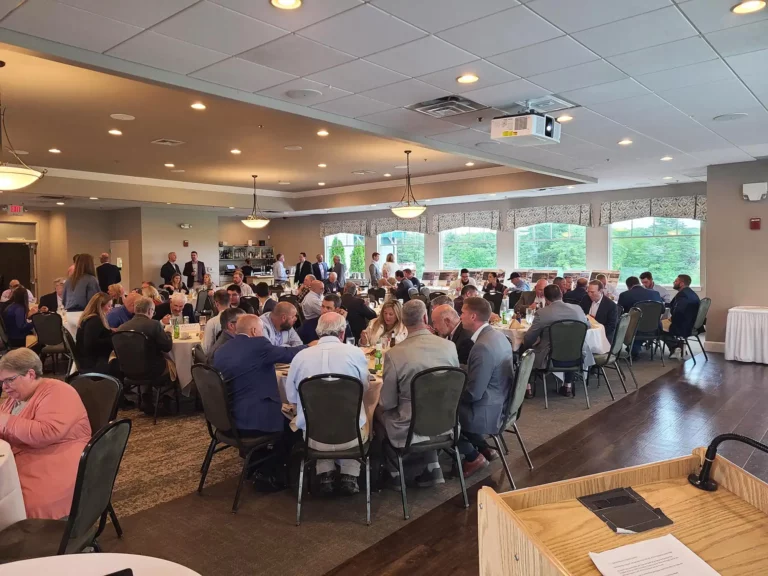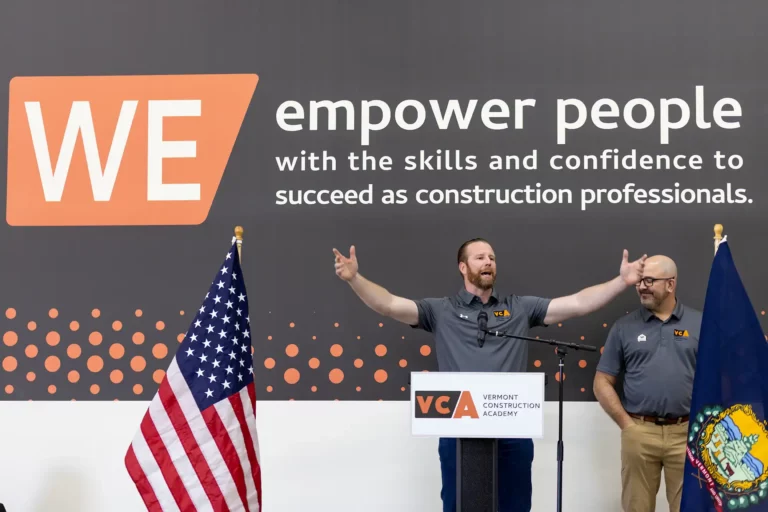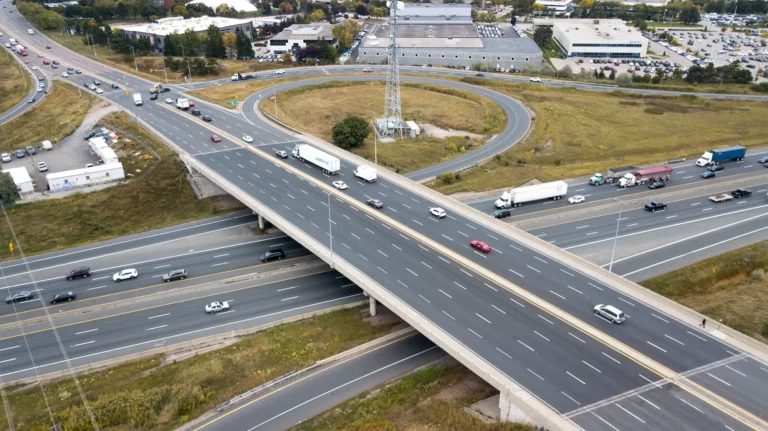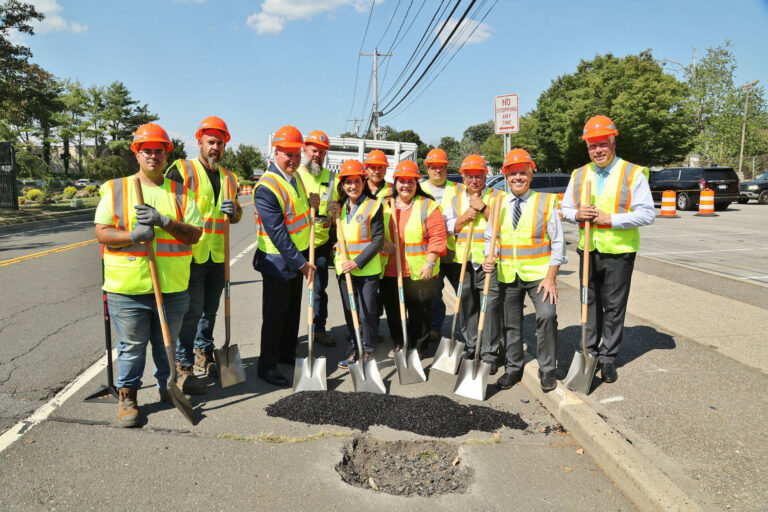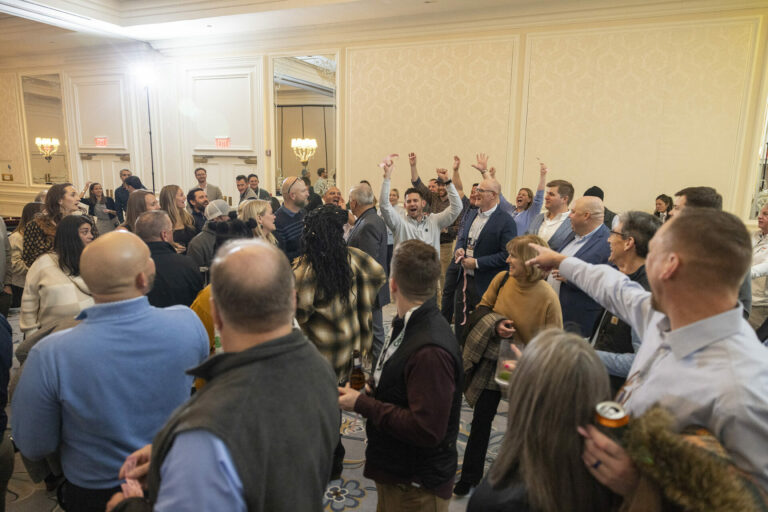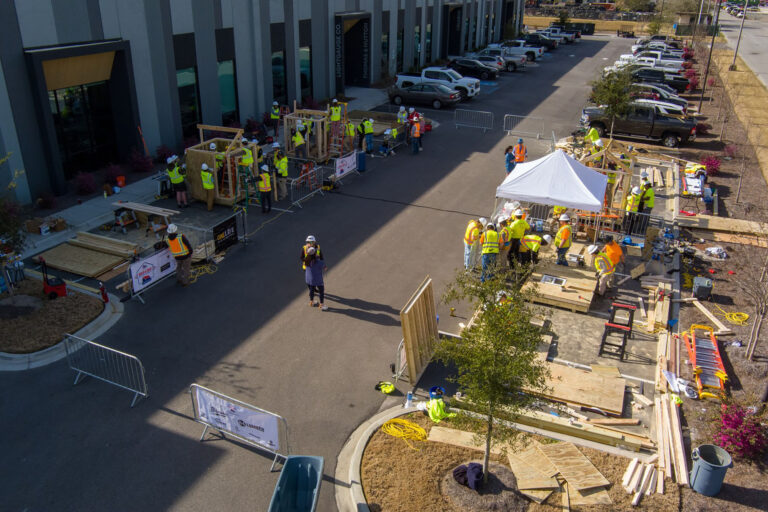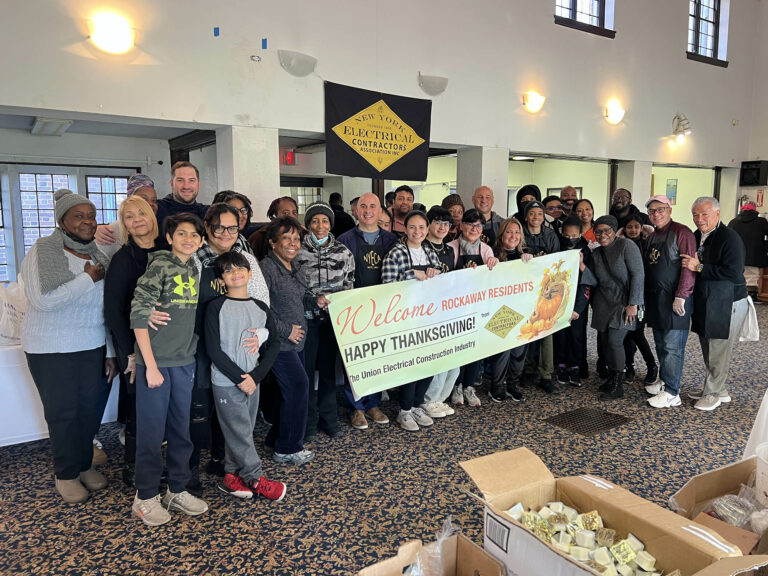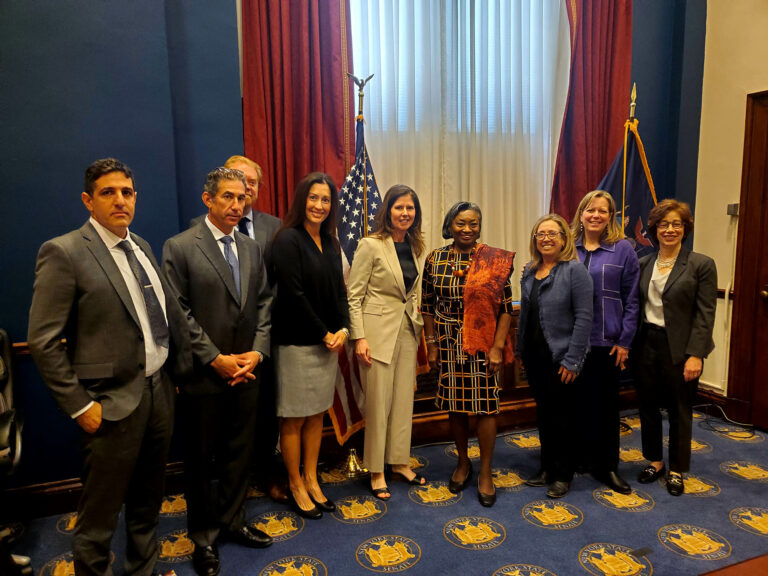When Sarah Patrie, PE talks about precast concrete, it’s not just about the material. It’s about building smarter, faster, and stronger. As the Executive Director of PCI Northeast (PCINE), Patrie is helping lead a regional effort that reaches far beyond technical specs and into the future of resilient, sustainable infrastructure. “First and foremost, we are a regional trade association,” she explains. “We’re a chapter of PCI, the Precast/Prestressed Concrete Institute. We represent the body of knowledge from the Institute, which develops standards, specifications, certifications and safety. As a chapter, we focus geographically within our region on what our producers need, what our membership needs.”
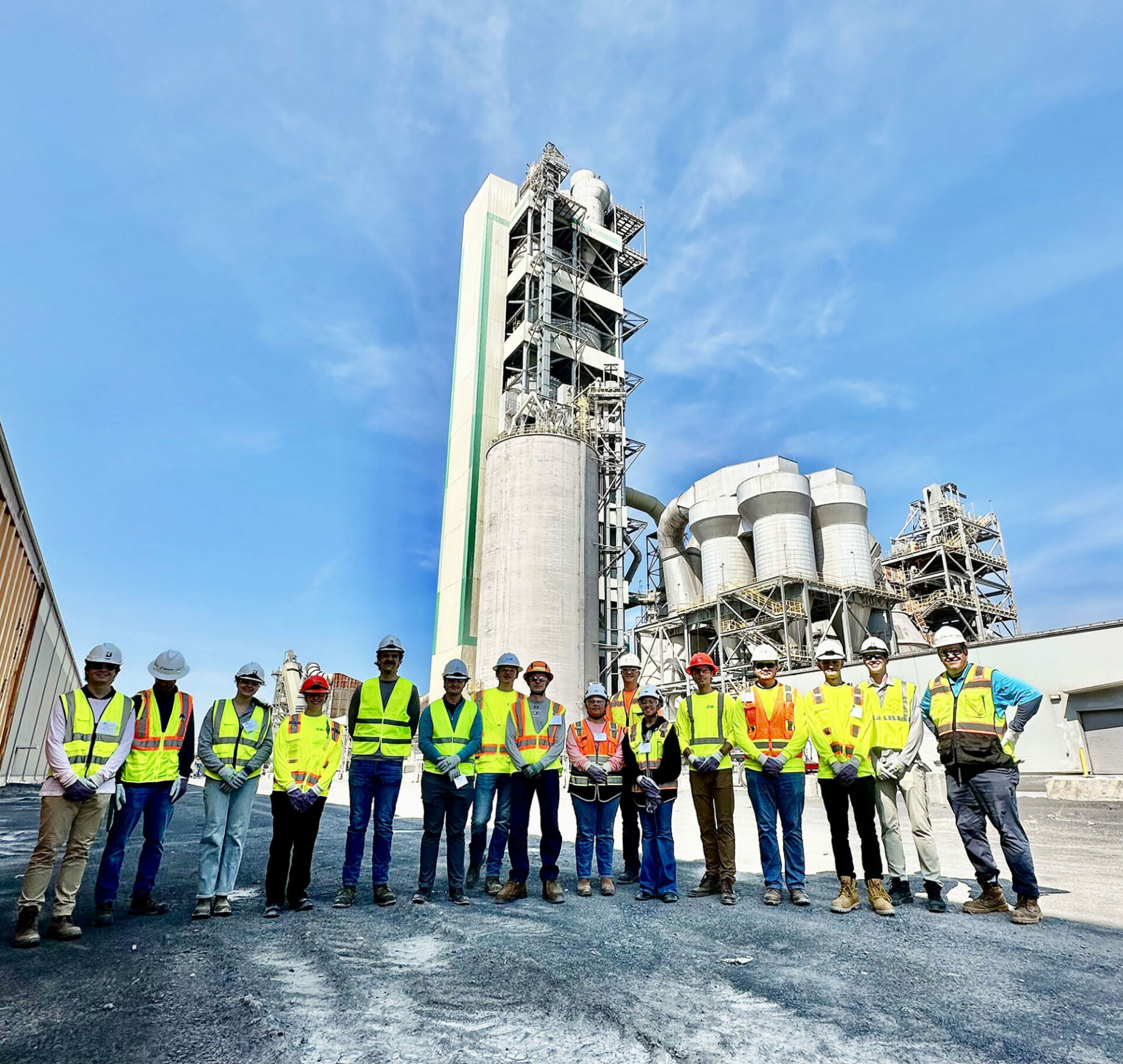
That region is vast, encompassing all of New England and New York, with PCINE operating as a connector between producers, specifiers, state agencies, and the wider construction community. Founded in 1978 as PCI New England and later rebranded, the organization has grown with a mission rooted in quality, collaboration, and innovation.
Central to PCINE’s work is PCI certification. “PCI certification is the gold standard for prestressed and architectural precast certifications,” Patrie says. Plants that earn certification are subject to rigorous quality control and random audits. This level of oversight, she notes, instills confidence among specifiers and ensures a consistently high level of product across the industry.
“Specifications often require you to be PCI certified because the specifiers believe in that standard of quality,” she says. “That’s the benefit—specifiers can rely on the quality of the product because we are ensuring that the production facility is doing what it’s supposed to.”
“Specifications often require you to be PCI certified because the specifiers believe in that standard of quality. That’s the benefit—specifiers can rely on the quality of the product because we are ensuring that the production facility is doing what it’s supposed to.”
As construction timelines shrink and demands increase, precast concrete has emerged as a practical solution. Patrie calls it the answer to today’s mantra of “build it faster, build it better, build it stronger, build it more resilient.”
From vertical construction to infrastructure projects, precast delivers speed and strength. “If we’re talking bridge construction, it means being able to do a weekend shutdown and replace an entire bridge because you have these pieces precast ahead of time,” she explains. “Or in building construction, taking massive buildings and parking garages and being able to accelerate the erection of it.”
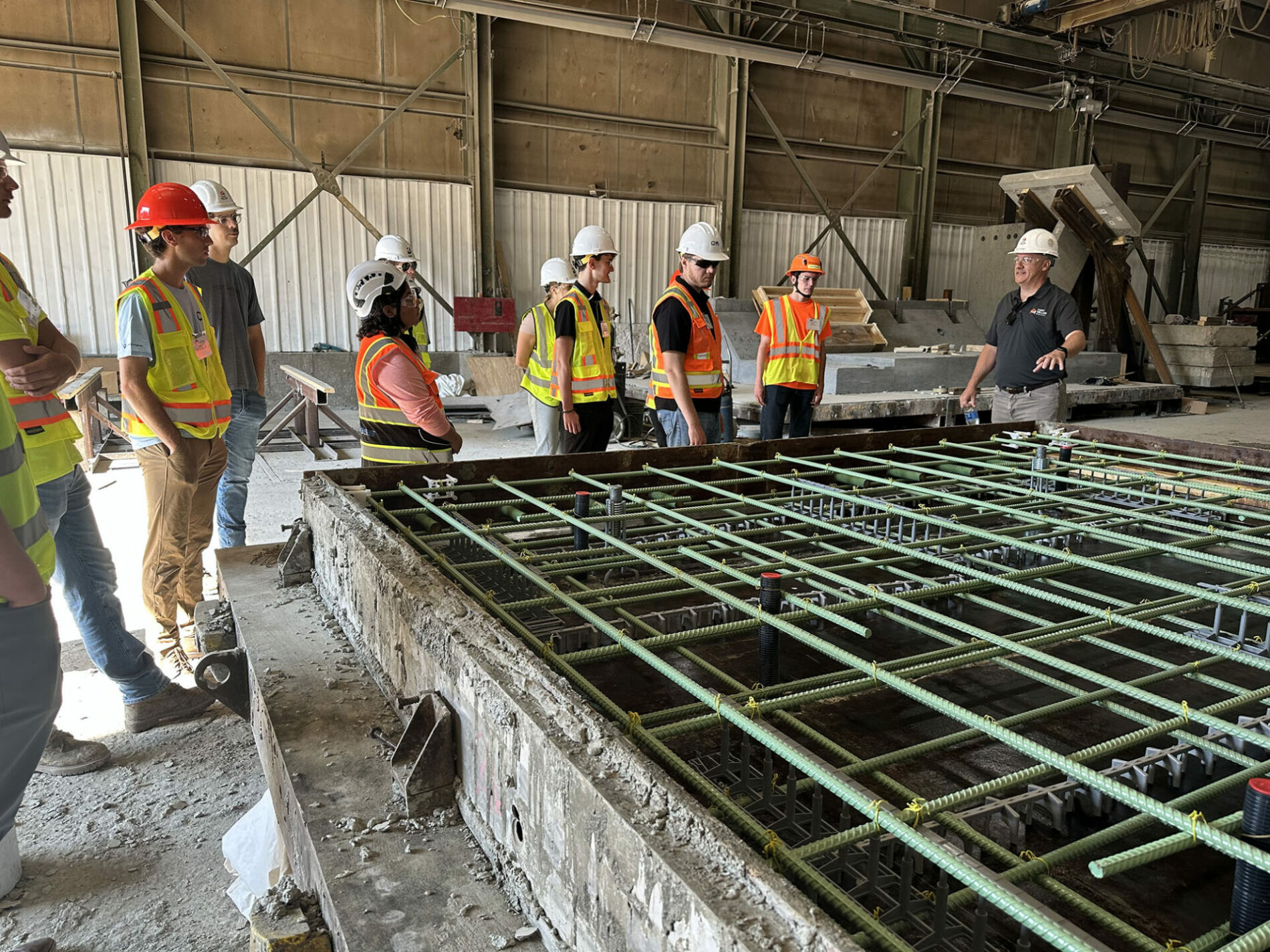
Resilience, too, is critical. Concrete’s durability lends itself to emergency shelters, military installations, and buildings in disaster-prone areas. “Second to water, it’s the most consumed resource on the planet,” Patrie says. “What does that mean in terms of resiliency? It’s longevity. It’s how long this product is going to stay around.”
PCI NE has also embraced sustainability—not just as a buzzword, but as a measurable outcome. Recently, PCI launched updated Environmental Product Declarations (EPDs), with regional breakdowns to better reflect local environmental impacts.
“These are just tools on the journey of sustainability to be able to take a look at the carbon footprint of your building or of your structure,” Patrie says. “We like to provide the information where you can take the whole lifecycle analysis of that building into consideration.”
More producers are now developing their own EPDs, a shift PCINE actively supports. The goal is to empower plants to compare themselves to industry averages and meet rising demand for greener construction practices.
While innovation drives much of PCINE’s work, so does advocacy for people. Workforce development is a top priority, especially given the ongoing skilled labor shortage in the construction sector.
Patrie is especially proud of PCINE’s Intern Day, now entering its second year. “Last year, we started our first annual PCINE Intern Day for precast interns. This year, we expanded it to include consultant engineer interns as well,” she says. The day includes jobsite tours, plant visits, and networking opportunities—a tangible way to connect students with the world of precast.
“The goal of the program is to get interns thinking about precast and about concrete broadly when they go back to school. We want to inspire curiosity, so they take the initiative to learn more about our material.”
Beyond Intern Day, PCINE’s education efforts extend across classrooms, lunchrooms, and boardrooms. “We do lunch and learns both virtual and in-person for engineers, architects, contractors. And for students, we’re able to provide guest lectures for a variety of universities,” Patrie says.
Professors teaching architecture, construction management, and reinforced concrete courses often lean on PCINE for resources that supplement their curriculum with real-world insight into prestressed concrete.
“Marketing is a big part of what we do too,” she adds. “It’s not just about promoting precast, it’s about spreading awareness and educating people on how precast, prestressed concrete works, why it matters, and when it’s the right solution.”
One of PCINE’s proudest achievements is its Technical Bridge Committee, a collaboration that includes all seven state DOTs in the region, along with engineers and precast producers. Established in 1990, the group initially set out to harmonize design standards. But over time, it became something more.
“It’s such a collaborative and innovative group,” Patrie says. About 15 years ago, that collaboration led to the creation of the NEXT Beam—the Northeast Extreme Tee. “We had a problem here in the Northeast. The group worked collaboratively, and they created a new beam.”
The NEXT Beam has since spread across the country, now used in everything from transportation infrastructure to heavy-load buildings like parking garages. “It’s just really cool to see a group that’s been around for so long here in the Northeast making such a difference across the country.”
The future looks bright for PCINE. The organization continues to target new markets, champion early collaboration in the design-assist process, and push for greater understanding of when and how precast concrete is the best solution.
“When something works well, it works well for the entire industry,” Patrie says. “So we like to promote things like design-assist—get your producers involved early. They can help make little changes that will help the specifier down the road and make the project that much better. This year we began a regional awards program – the PCINE Showcase Awards – with the goal of celebrating the incredible projects, people, and teamwork here in the northeast. We include everyone from the design and construction team to the precast producers, erectors, and associate vendors in the showcase.”
From standards and certification to sustainability and education, PCI Northeast is showing how a regional chapter can have national impact. It’s a story of practical innovation, collaborative progress, and the enduring power of concrete.
“We want people to fully understand why certain prestressed products or precast products will work so well for what they’re doing,” Patrie says. And thanks to her leadership, more people do every day.


